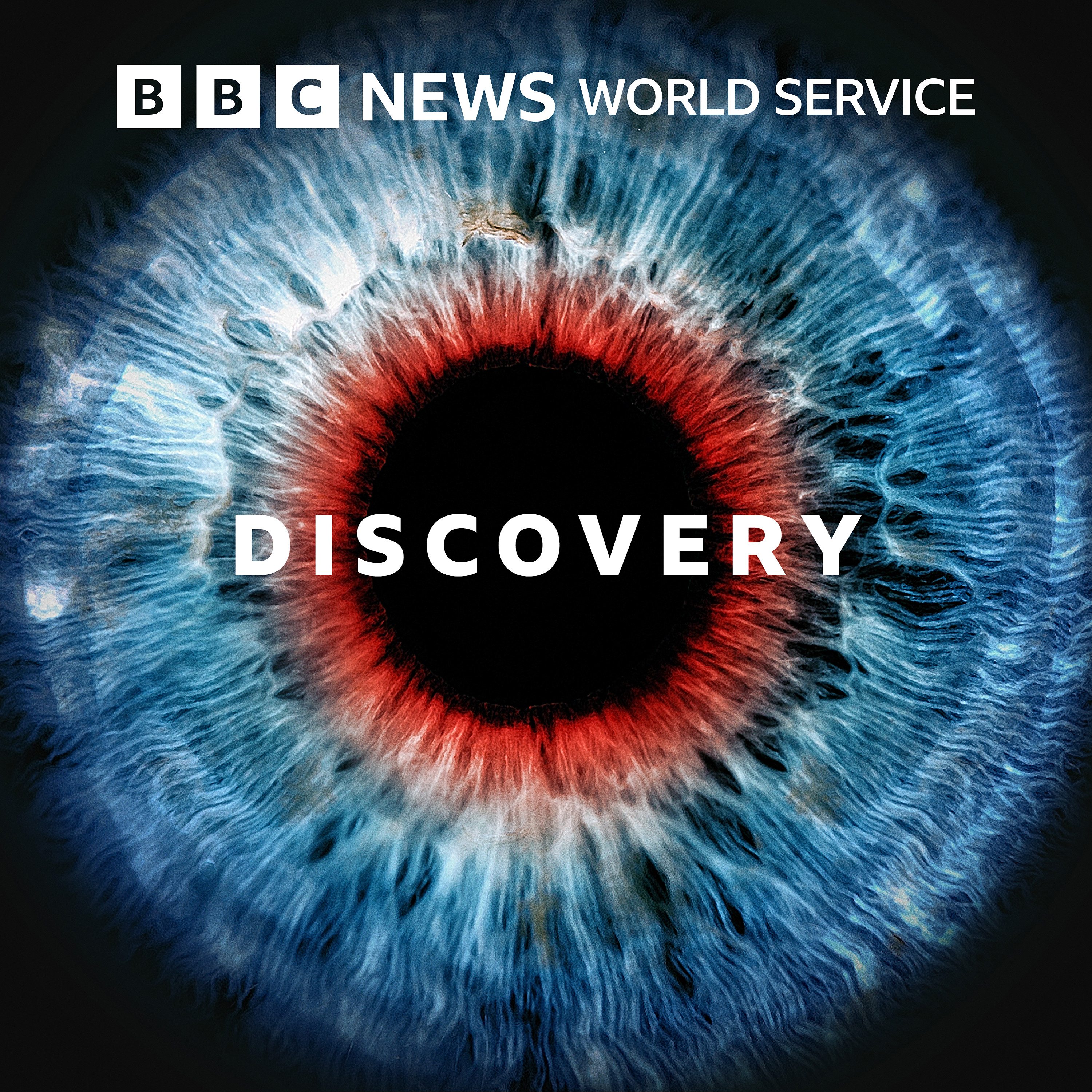
Discovery
Jun 1, 2020
Andrea Sella, Professor of Inorganic Chemistry at University College London, celebrates the art and science of the chemical elements. Today he looks at helium.
Helium is a finite resource here on Earth and many branches of science need it. Doctors need it to run MRI machines to diagnose tumours and engineers test rockets for leaks with it.
The story of helium starts with a solar eclipse in 1868. The event had many astronomers' eyes fixed on the sun. Two astronomers, nearly simultaneous and independently, made the same observation; a strange light with an unusual wavelength coming from the sun. It turned out to be the first sighting of extra-terrestrial helium. It would take decades for helium to be discovered on Earth and longer still for its worth to be recognised.
As its ability to make things float and inability to burn became apparent, the US military started hoarding it for their floating blimps. But they soon realised that it is very hard to store an element that is so light that it can escape the Earth's gravitational pull. As we empty our last reserves of the periodic table's most notorious escape artist – is the future of helium balloons, often used to mark special events, up in the air?

